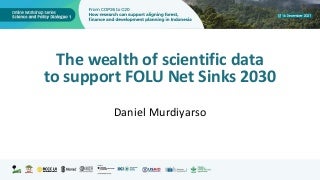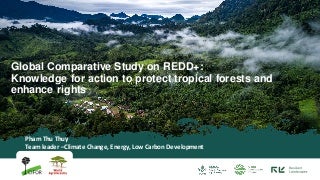Originally published at CIAT blog
The world has never produced or consumed so much food. We cannot, however, ignore the pressure that food production is putting on the environment and the ecosystem services we all depend on. We cannot ignore either the unprecedented threat that climate change poses on agriculture – and the need to adapt swiftly. And we must ensure that food production and distribution systems give farmers in developing countries – men and women alike – a fair deal, and consumers around the world, adequate access to varied, affordable, and nutritious foods.
In this Annual Report covering the period April 2015 through March 2016, CIAT offers a dynamic overview of our contribution in addressing these challenges and building sound fundamentals for sustainable food futures. Working with hundreds of partners, we are helping conserve the integrity of vital ecosystem services in Latin American, African, and Asian rural landscapes, while generating increased economic and social benefits. Inspired by our experience with Colombia’s Ministry of Agriculture and Rural Development to better shield important value chains from climate variability, we are now extending our support to Peru and Honduras.
The fourteen country profiles on climate-smart agriculture (CSA) that have been produced so far also enable policymakers and investors to quickly and easily review the opportunities for CSA prioritization at a national level. As one of the pioneers of big data in agricultural science, CIAT uses large, uncontrolled, real-world data sets, and cutting-edge analytics to scour the data and produce reliable and highly site-specific recommendations.
CIAT’s big data operation has yielded game-changing discoveries for the Colombian rice industry – solutions that can easily be scaled up and broadened to include other crops. To boost explanatory power, scientists are looking at incorporating data on soils, pests, and diseases, as well as other factors. Of the 169 targets that make up the United Nations’ Sustainable Development Goals, over 60 relate in some way to the food system.
By conserving bean and cassava varieties as well as tropical forages and their wild relatives in our genebank, accelerating genetic gain, spreading sound agronomic practices, and by promoting business models that give farmers and the environment a better deal, CIAT and our hundreds of partners contribute actively to shaping a sustainable future. More investments and efforts in agricultural research for development are needed. With 21 offices and almost 1,000 staff strategically located across the tropics, we are uniquely placed to pursue sustainable food futures for tropical agriculture in collaboration with our partners, including policy makers, and the private sector.
Read the Annual Report here











